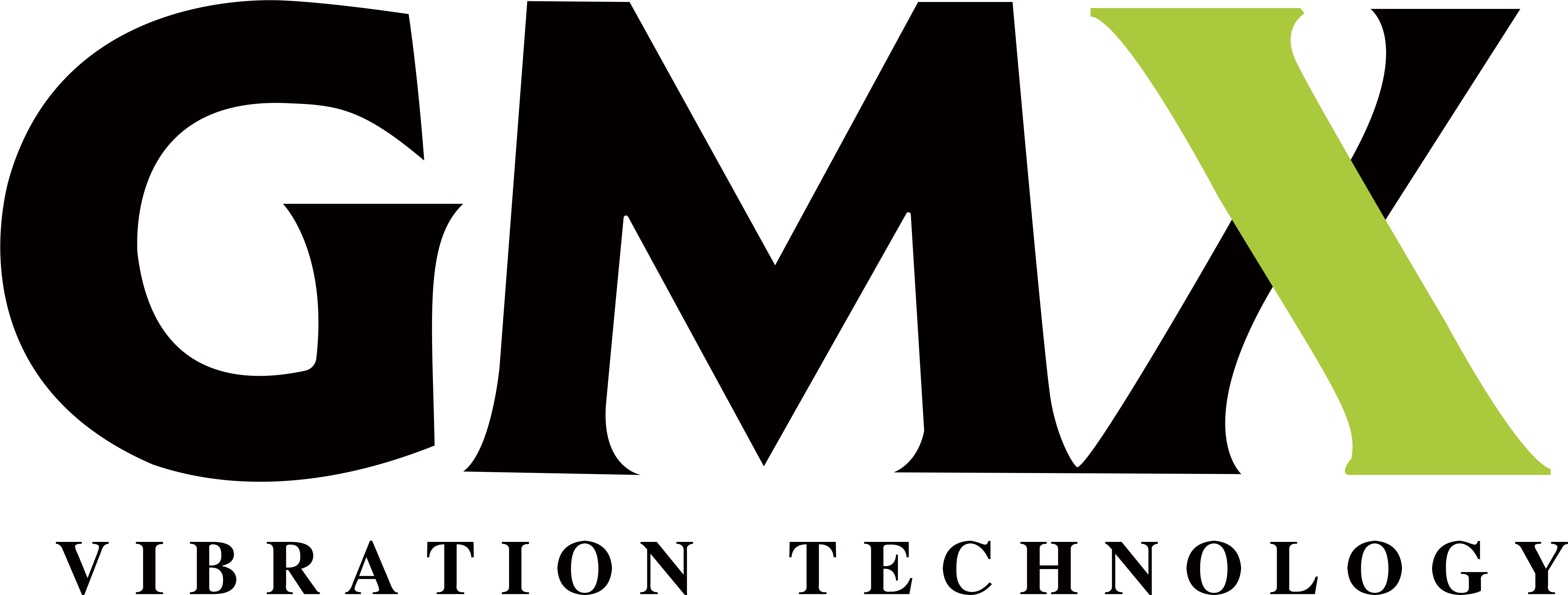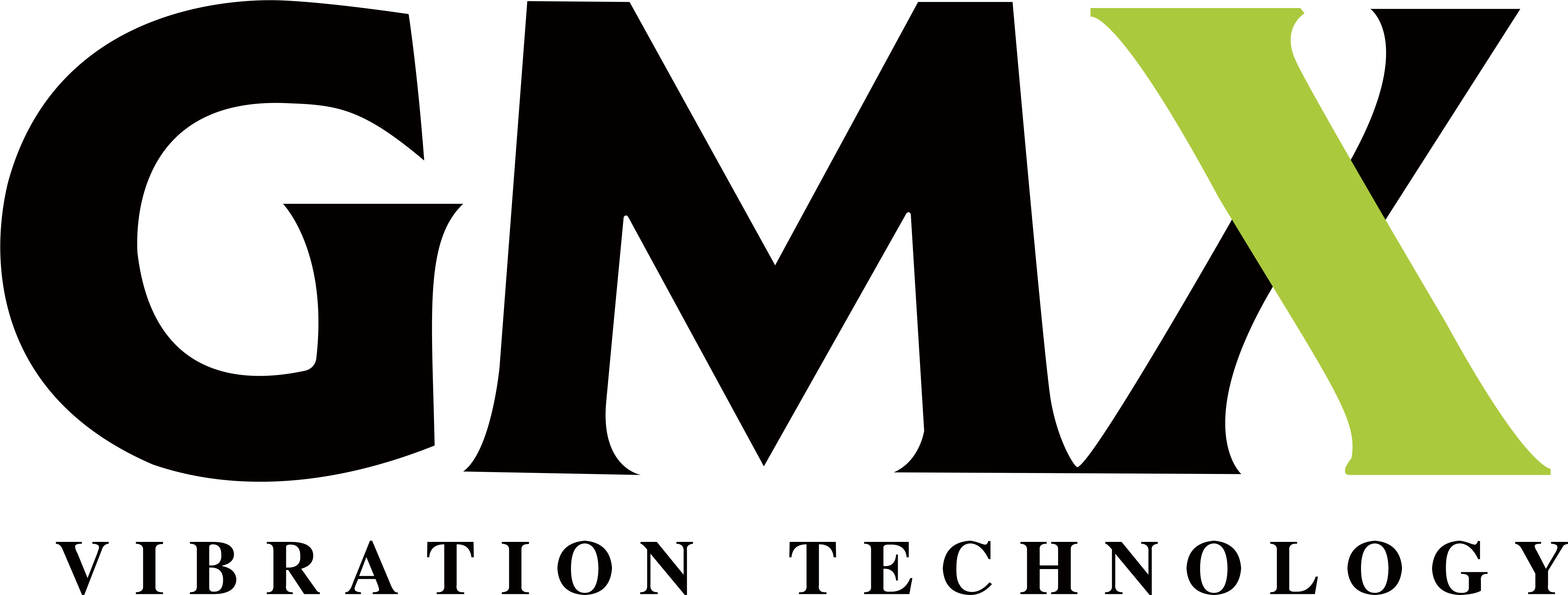Table of Contents
- Why Frac Sand Screening Demands High Precision?
- Common Challenges in Frac Sand Screening
- What Is a Gyratory Screener?
- Key Features of Our Gyratory Screener for Frac Sand
- How to Select the Right Screener for Your Frac Sand Operation
- Conclusion: Get the Most Reliable Gyratory Screener for Your Frac Sand Line
- Frequently Asked Questions
Why Frac Sand Screening Demands High Precision?
Frac sand plays a critical role in the hydraulic fracturing process, serving as a proppant to keep underground fractures open and maintain the flow of oil and gas. To function effectively, this sand must meet stringent size and purity standards. Inconsistent particle size or contamination from dust and fines can dramatically reduce well productivity and equipment lifespan.
This makes screening a pivotal step in any frac sand processing line. Whether you're working with quartz sand, dried sand, or recycled proppants, choosing the right frac sand screener is essential for achieving high throughput with minimal waste.
Common Challenges in Frac Sand Screening
Screening frac sand is far from simple. Key difficulties include:
-
High abrasiveness: Quartz and dried sand are extremely abrasive, causing wear on screening surfaces and frames.
-
Fine particle control: Efficient separation of fines (<100 mesh) without loss of usable product is critical.
-
Moisture & agglomeration: Even dried sand can reabsorb humidity, leading to screen blinding or clumping.
-
High capacity demands: Many operations require processing rates exceeding 20–30 TPH, especially in large-scale plants.
These factors eliminate many generic vibrating screeners from contention, necessitating a more robust, efficient solution.
What Is a Gyratory Screener?
A gyratory screener is a high-precision, low-angle screening machine designed for dry, fine, and abrasive materials. Unlike circular or linear vibrating screeners, gyratory screens use an elliptical motion generated through a horizontal drive mechanism. This results in:
-
Gentle material movement that minimizes screen damage and degradation of particles
-
Long residence time for accurate stratification and separation
-
High screen utilization through consistent coverage of the full mesh area
Because of this, gyratory screeners are widely regarded as the ideal dried sand screener, especially for demanding industrial applications like frac sand.
Why Gyratory Screeners Are the Best Choice for Frac Sand, Quartz, and Dried Sand
Here’s why more frac sand producers are switching to gyratory vibrating screens:
|
Feature |
Advantage for Frac Sand |
|
Multi-layer design |
Enables multiple size cuts in one pass |
|
Enclosed construction |
Reduces dust emissions and prevents contamination |
|
Anti-blinding systems |
Bouncing balls prevent clogging |
|
Large screening area |
Supports high throughput with exceptional accuracy |
|
Minimal vibration transmission |
Safer for installation on upper platforms |
Gyratory screeners provide cutting precision, often reaching yields of 95–98% at target mesh sizes. For industries requiring 40–100 mesh consistency, such as oilfield services, this performance is non-negotiable.
Key Features of Our Gyratory Screener for Frac Sand
Our Gyratory Vibrating Screen is purpose-built to meet the challenges of frac sand screening. It is:
-
Capable of up to 40 TPH processing capacity (depending on screen mesh and material)
-
Customizable mesh decks, from 12 mesh to 200 mesh, depending on your size separation requirements
-
Outfitted with dust-tight enclosures, suitable for strict environmental regulations
-
Constructed with wear-resistant materials, ideal for abrasive quartz sand
-
Designed for easy maintenance, with side-access doors and quick-clamp screen frames
Case Example:
Our gyratory screener has been widely adopted in frac sand screening lines across Belarus, Russia, India, etc., where customers demand high throughput, precise multi-deck classification, and robust performance under challenging conditions.
In one representative project in Belarus, the screener is configured with 7 screening layers, separating dried sand into seven particle size ranges from 16 mesh to 140 mesh, operating continuously at 30 tons per hour. The equipment was customized with cold-resistant sealing systems and anti-freezing structural reinforcements, enabling stable performance even in sub-zero temperatures as low as -20°C.
This solution significantly improved the plant’s overall yield, minimized downtime, and met strict quality standards for oilfield-grade frac sand.
How to Select the Right Screener for Your Frac Sand Operation
Selecting the right screener starts with understanding your material and process:
1. Material Characteristics:
-
Is the sand natural, resin-coated, or recycled?
-
What's the average moisture content?
2. Capacity Requirements:
-
Daily throughput targets?
-
Batch vs. continuous operation?
3. Separation Goals:
-
Single cut (e.g., 40 mesh) or multiple grades (e.g., 20/40, 40/70, 70/140)?
4. Environmental Needs:
-
Dust control required?
-
Noise limitations?
Our engineering team offers technical consultation to match the right gyratory screener to your process flow and capacity goals.
Conclusion: Get the Most Reliable Gyratory Screener for Your Frac Sand Line
Whether you're processing frac sand, quartz sand, or dried sand, a well-designed gyratory screener is essential to achieve the efficiency, precision, and throughput your operation demands. At GMX (Shanghai) Vibration Technology Co., Ltd, we offer high-quality, durable vibration screener tailored to your needs. Ready to find the perfect industrial vibration motor for your application? Explore our solutions today!
Click here to explore the full technical specifications of our Gyratory Vibrating Screener or contact our team for customized solutions.
Frequently Asked Questions
Q: What is the maximum number of separation grades your gyratory screener can handle?
A: Our gyratory screener can classify material into up to 7 distinct particle size fractions in a single machine. For higher processing capacity, two working streams can be operated simultaneously.
Q: Can the metal materials and screen mesh be customized?
A: Yes. The main body of the machine is typically made from Q235-B carbon steel, with 304 stainless steel used for all material-contact surfaces and screen frames. For clients with specific requirements, we offer options such as Q355-E carbon steel for structural reinforcement and 316 stainless steel mesh for enhanced corrosion resistance.
Q: How often does the screen mesh need to be replaced?
A: Replacement frequency depends on the mesh material and the abrasiveness of the screened material. As a general guideline, 316 stainless steel mesh used in typical frac sand applications is recommended to be replaced approximately every 60 days.


